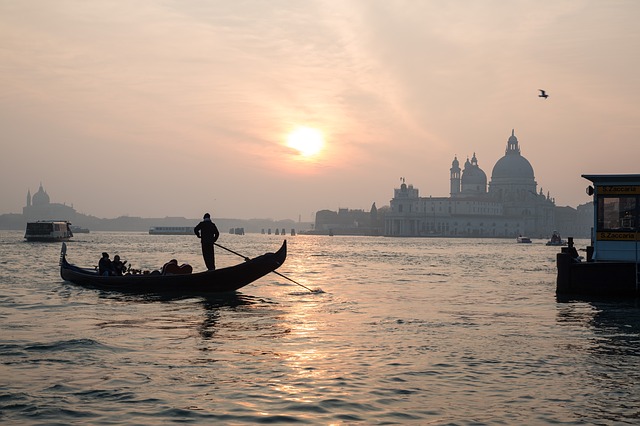Backpacking is the outdoor recreation of carrying gear on one’s back, while hiking for more than a day. It is often but not always an extended journey, and may or may not involve camping outdoors. In North America tenting is common, where simple shelters and mountain huts found widely in Europe are rare. In New Zealand, tramping is an equivalent term though overnight huts are frequently used. Hill walking is the equivalent in Britain, though backpackers make use of all kinds of accommodation, in addition to camping.
Backpackers must always be prepared for difficulties, whether mishaps are experienced or not. These include adverse weather, difficult terrain, treacherous water crossings, heights, dangerous animals, dehydration, heat exhaustion, hypothermia, altitude sickness, illness, fatigue, injury, disabling waterborne diseases, and anxiety.
As a child, we visited the San Juan Islands during the summer. Kayaking, big family meals, playing on the beach – great memories!
Zoe McLellan
Inflatable kayaks, made from lightweight fabric, can be deflated and easily transported and stored, and considered to be remarkably tough and durable compared to some hard-sided boats. There are many types of kayaks used in flat water and white water kayaking. The sizes and shapes vary drastically depending on what type of water to be paddled on and also what the paddler would like to do.

The second set of essentials for kayaking is an off-set paddle where the paddle blades are tilted to help reduce wind resistance while the other blade is being used in the water. These vary in length and also shape depending on the intended use, height of the paddler and often, the paddler’s preference. Kayaks should be equipped with one or more buoyancy aid which creates air space that helps prevent a kayak from sinking when filled with water; life jacket should be worn at all times, a helmet is also often required for most kayaking and is mandatory for white water kayaking.
Various other pieces of safety gear include: a whistle for signaling for help; throwing ropes to help rescue other kayakers; and, a diving knife and appropriate water shoes should used depending upon the risks the water and terrain pose. Proper clothing such as a dry suit, wet suit or spray top also help protect kayakers from cold water or air temperatures.
